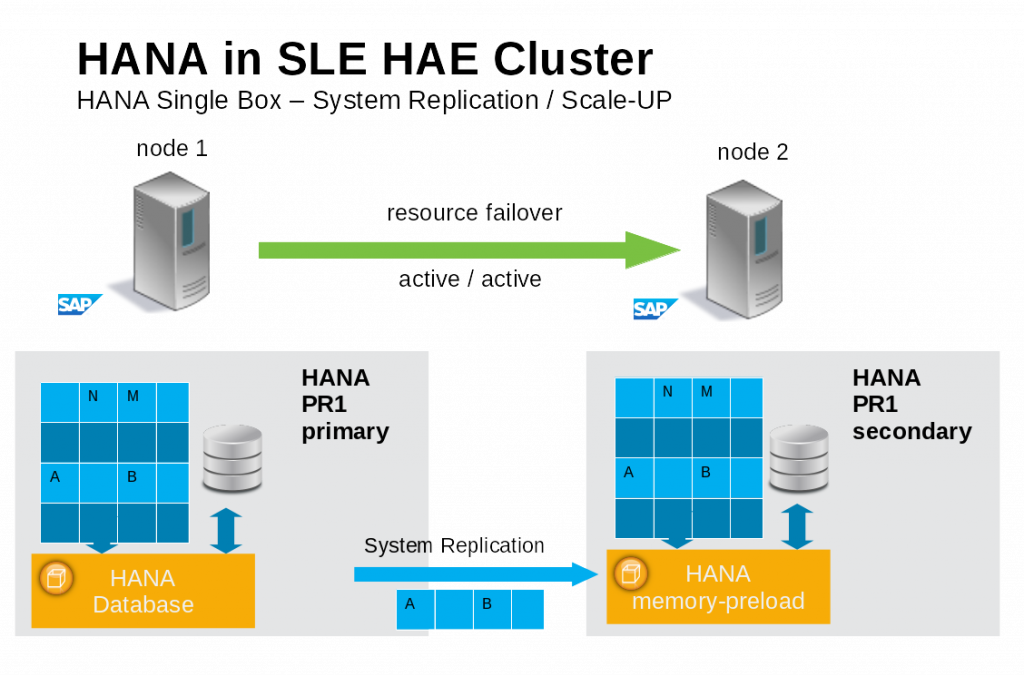Working with OEMs and IHV partners, I get a lot of opportunities to share our unique story. One of the most exciting parts of our story is around what we do to enable rapid development and deployment of partner solutions. As we all know, time to market is a key factor in the successful launch of a new product or solution initiative, but it is often the greatest challenge. Other challenges include satisfying security and compliance requirements and maintaining an installed customer base. Let me share a little how partnering with SUSE can help you solve these issues with ease.
SUSE Studio & Kiwi
One of SUSE’s most important tools for our partners is SUSE Studio. No matter whether you are using the online version (susestudio.com) along with a half million other folks or the onsite version, this tool provides a mechanism to rapidly (as in 10 minutes for a basic image) develop a deployable image. The magic doesn’t stop there. Studio also provides a test-drive mode that launches your image inside a kvm virtual machine and tracks changes. This allows you to boot, test, reconfigure and save the changes all without having to relaunch hundreds of times to be sure it’s right.
One of the biggest benefits of SUSE Studio is the multitude of image types that can be deployed. Raw disk image, vmdk, ovf, pre-install iso, ami, etc. The options seem nearly endless when you consider that these represent almost every one of the used image types used by cloud, enterprise or desktop virtualization environments. With some of the types available, you can launch directly into Amazon, Azure or Google Cloud, making the environment even more useful.
But wait, there’s more. Not only does SUSE Studio provide all of these benefits, but there is also the Gallery. For SUSEStudio.com, this allows you, the software author/appliance designer/etc to share your masterpiece with the world. The gallery is a browseable and searchable listing of many thousands of appliances. If you’re using Studio Onsite, you can build gold images that can be used for factory installations, gold masters or starting points for other appliances.
So, I hope by now that you’ve already gone to susestudio.com to see for yourself what the excitement is all about, if not, go there now. 🙂 When you’re done looking around, you may say, “Yeah, but I need a more complex drive layout”, or “I need to do something special during the boot process to interact with my hardware.” If this is the case, you can export your appliance’s kiwi image definition file. This file allows you to customize your image even further and then build it with the open source kiwi image building tool.
SUSE Lifecycle Management Server
For a startup business, designing, building and deploying an entitlement and update infrastructure can be daunting. Instead of fretting about it, partner with SUSE and use SUSE Lifecycle Management Server. This tool integrates with SUSE Studio/kiwi and allows you to entitle customers to receive updates and manage the update QA process. This time saving tool makes it very easy to bring products to market and still ensure you are able to provide updates.
Security Certifications
Another challenge experienced when introducing a new product to the market is how to ensure that the end user feels comfortable with the security of your solution. This is much easier when you base your device on an OS that can demonstrate that it has achieved certifications like common criteria (EAL-4+), FIPS, etc. While these may not all “trickle down” to your solution, it provide a solid starting point to pursue those certifications that may be required by your customer base. For more information on our security certifications, click here.
Partner Support
OK, great! You’ve been able to build your image, take it to market and create entitlements for the hundreds or thousands of orders you are receiving. What do you do when something goes wrong? While we try to ensure that SUSE Linux is the most solid Linux available, it is inevitable that some piece of hardware will act funny or an edge case appears around your particular usage pattern. In these cases, SUSE is able to provide our partners with industry leading L3 support.
Our L3 support acts as your back-line after you triage the issue and determine it is something at the OS layer of the stack. These L3 engineers aren’t just anybody. These are the folks that support the OS that drives mission critical devices like CT Scans, enterprise disk arrays, Air Traffic Control systems, etc. They know what it means to identify an issue and ensure the fix is right. This is why SUSE has the #1 rated support for Linux in the industry.
WOW!
Awesome you say? But wait, there’s still more! SUSE offers many other tools, some through the community like the Open Build Service, others through our partnering options, and yet others through our services group (need a “Help Me” project?)
Any way you look at it, SUSE provides our partners with the most tools and support and is committed to their success. If you’d like to know even more, get in touch with us through our partner programs found here!







